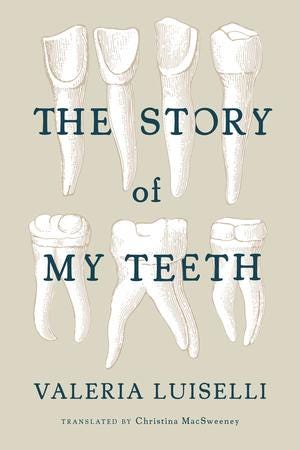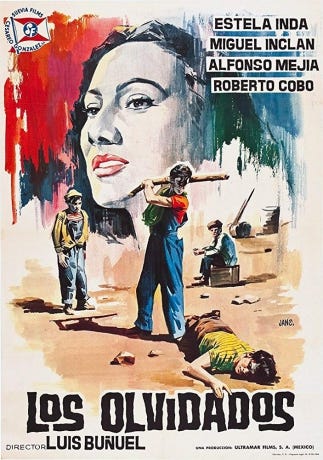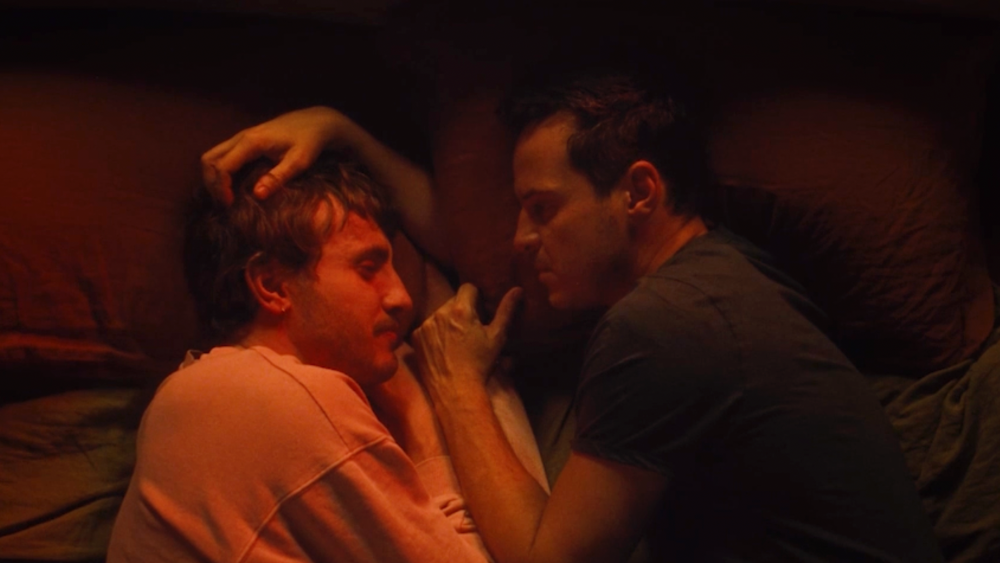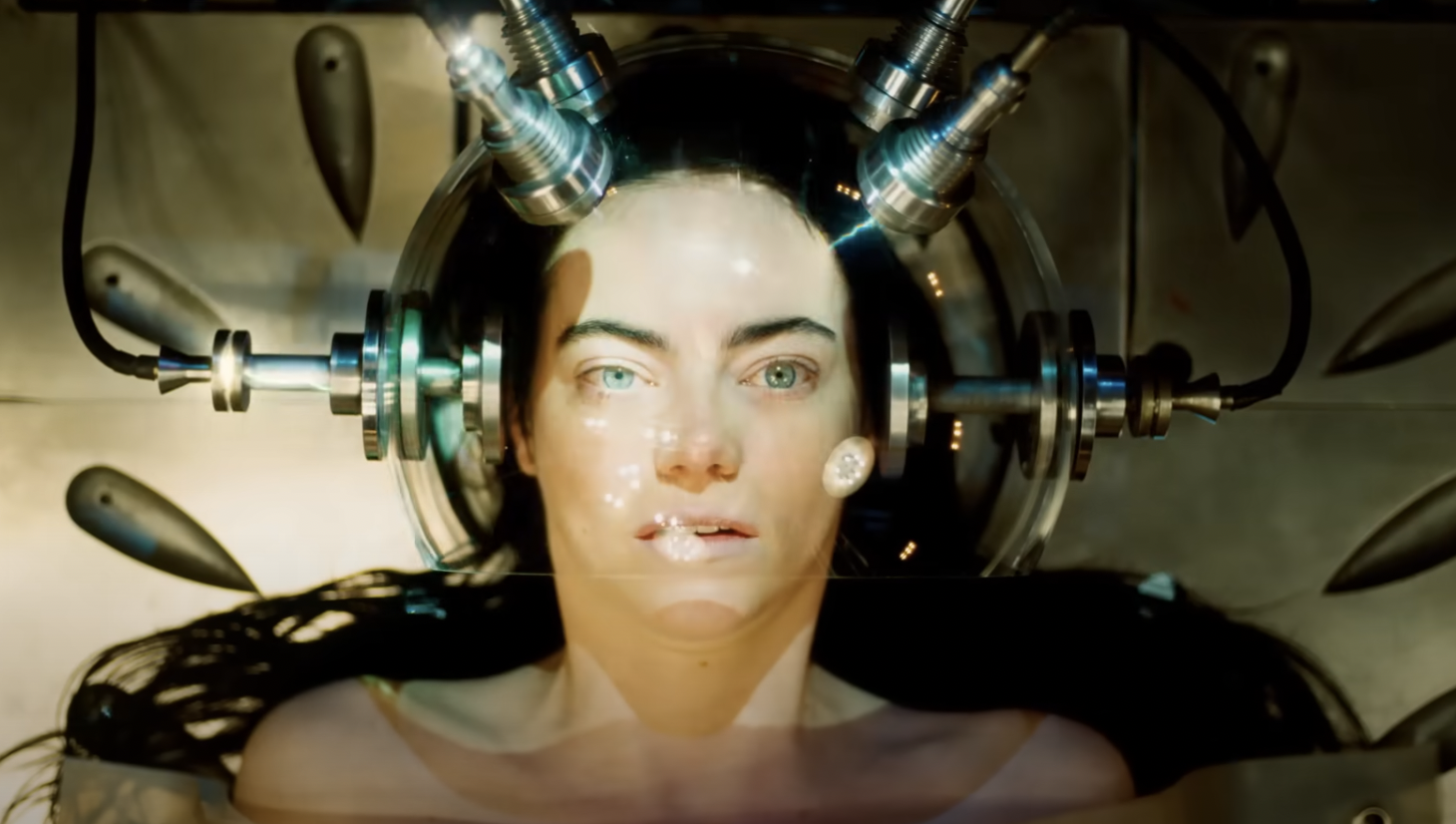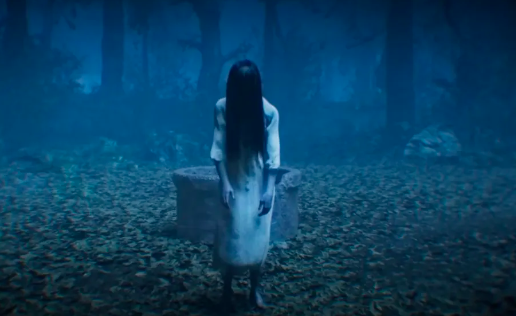Reading Lists
7 Books Set in Mexico City to Read After You’ve Watched “Roma”
Explore the capital of Mexico with these literary works

Beyond the lush rendition of the lopsided but loving employer-employee relationship, the political turmoil of the 1970s in Mexico, and Yalitza Aparicio’s soulful turn as Cleo, Alfonso Cuarón’s Oscar-winning Roma beguiles in its exacting recreation of its setting, Mexico City’s Colonia Roma. While the film offers the neighborhood as it was in Cuarón’s childhood, details such as the virtually constant soundscape of vendors, buzzy streets, dogs, and dog poop remain recognizable today.
Contemporary Roma comprises of two colonias, the elegant, tree-and fountain-filled, almost Parisian Roma Norte, and Roma Sur, the edgier, art-ier section, where the Roma family’s house is located. With so much — family, politics, race, and what Aparicio’s eyes channel — to absorb in it, Roma invites multiple viewings and when you’re done, these seven books (and a bonus Luis Buñuel black-and-white take) might satiate further. These works wander Roma and the rest of D.F., — short for “Distrito Federal,” the still-used nickname despite its official rebranding as CDMX (Ciudad de México) in 2016, — and through the lives of native Chilangos, who’ll likely charm as much as Cleo and company in Roma.
Battles in the Desert & Other Stories by José Emilio Pacheco
Poet José Emilio Pacheco’s recollections’ of boyish adventures, lust, and tumult, in Roma takes place in 1940s and 1950s, several decades before Alfonso Cuarón’s early 70s Roma. Pacheco’s Roma is just barely bourgeois and reads as a shabbier, grittier place than the area’s current hip incarnation. The “Battles” of the titular story refers to a version of the children’s game “Cowboys and Indians” but instead the gangs in Pacheco’s Mexico City schoolyard are Arabs and Jews. However, more local troubles of sex, class, and an infatuation with his friend’s mother bother the young Carlos. Similar themes obsess “The Pleasure Principle,” in which a young Chilango boy exiled in Veracruz because his father, a military general is transferred there, falls in love with a working-class girl. He confesses to his diary: “It seems like she’s ashamed of her father, who has one of those cars with loudspeakers and drives all over the state selling corn-removal ointment, hair dye, medicine for malaria and worms. There’s nothing wrong with that kind of work. I’m the one who should be ashamed of my father, who has made his living killing people.”
Sea Monsters by Chloe Aridjis
Chloe Aridjis’ dreamy, charming coming-of-age novel roams the streets of Mexico City before heading to the Oaxaca coast. Before the teenaged Luisa goes in pursuit of runaway Ukrainian circus dwarves, she’s searching the streets of Roma for a boy named Tomás Román, who works in a (real) bookstore called “Through the Looking Glass.” Once they find each other, their joint wanderings include a visit to the house where William Burroughs shot his wife, Joan Vollmer, a trip to lucha libre wrestling in Arena México, and a night out at a goth club. The area comes alive in the tamales sellers’ blaring mantras and a scene featuring a homeless woman dancing in one of the neighborhood’s many resplendent classical fountains.
The Savage Detectives by Roberto Bolaño
Before it goes all over the globe and multiple narrators take over, The Savage Detectives begins in Mexico City with the 17-year-old aspiring poet Juan García Madero, one of the two character stand-ins for Bolaño in the book. Madero quits school to pursue his literary ambitions and joins a gang of poets, who called themselves the “visceral realists.” Based on Bolaño’s own time with literary cohorts in the 1970s, the novel gallivants through Mexico City, and its exploits include book liberation (theft), Madero losing his virginity, and a New Year’s Eve standoff with pimps that ends the book’s time in the city.
The Interior Circuit: A Mexico City Chronicle by Francisco Goldman
Grieving his wife Aura Estrada’s tragic death (which he wrote about in the unbearably stunning Say Her Name) five years before, Francisco Goldman decides to learn how to live in the city without her by learning how to drive it in 2012. With the help of iconic Guía Roji street atlas and driving lessons, Goldman explores the streets of Roma and La Condesa and then later the Circuito Interior, the highway loop around the city’s central neighborhoods, to make an exhilarating, breathing prose portrait of the city, its quirks, and history. Inside and later outside DF “bubble,” Goldman deals with the country’s politics and horrifying effects of the drug trade.
I’ll Sell You a Dog by Juan Pablo Villalobos
The protagonist of Juan Pablo Villalobos’ third novel, Teo, a cranky retired taco seller, lives in a roach-infested Mexico City building. He relies on Theodor Adorno’s Aesthetic Theory to argue with everyone, including a Mormon, with whom he has a back-and-forth quote battle, by responding to the missionary’s words of “the Lard” with Adorno’s lines. Teo is also resolute that he’s not writing a novel. Francesca, his neighbor with whom he flirts, leads the building’s literary salon, and she has determined that he is in fact working on a terrific novel. Juliet, a greengrocer who doesn’t sell edible produce but rather is “the official supplier to every riot” is another of Teo’s love interests. Villalobos writes: “Her foul-smelling tomatoes were famous at all the well-known sites of demonstration: on Paseo de la Reforma, down in the Zocalo, on Avenida Bucareli; she even furnished the peasants of San Mateo Atenco with vegetables when they rose up to protest at their land being confiscated to build the airport.” These four are just the beginning of the characterful types that inhabit the bizarre and very witty universe of Villalobos’ Mexico City. Multiple dogs feature — one is named Turnup. In a flashback to Teo’s youth, Diego Rivera makes a brief appearance.
The Story of My Teeth by Valeria Luiselli
I’d put Valeria Luiselli’s terrifically inventive The Story of My Teeth on every list of book recommendations ever but for the purpose of this one, it’s set largely in and around Mexico City. The book’s protagonist, “Highway” starts off working in a juice factory, based on the Mexican brand Jumex, in which Luiselli collected stories in a collaborative effort that became part of this book. He soon becomes an auctioneer of amongst other things, famous people’s teeth. He replaces his own messed-up set with pearlies that apparently once belonged to Marilyn Monroe. Plus, there are excursions around city, including a peek into D.F.’s Korean neighborhood, kaleidoscopic referencing (the teeth belong to Borges, Woolf, and others), photographs, and an intriguing timeline locating Highway in history right up to 2013 (“The Chronologic” by Christina MacSweeney, the book’s translator). A lot goes (and on) in the text(s) that you could read it over and over and still be stunned into laughter by lines like this one: “For the lucky man, even a cock lays an egg, as Napoleón sings.”
Where the Air is Clear by Carlos Fuentes
Published in 1958, this debut novel by Carlos Fuentes, who would go on to be one of Mexico’s literary grandees, takes on the post-Mexican Revolution universe in the capital. At the novel’s center is Federico Robles, a revolutionary-turned-banker but Fuentes narrates the entire city with an ensemble cast which include the city’s upper bourgeoisie, intellectuals, foreigners, workers, and Aztec overseer figures in the characters of Ixca Cienfuegos and Teódola Moctezuma, and excursions backward to the Revolutionary period. The novel’s non-linearity is dazzling, highly entertaining, often overwhelming, and mirrors the city’s chaotic multitudes.
Film: The Young and the Damned directed by Luis Buñuel
At the start of Luis Buñuel’s 1950 film, Los Olvidados, translated for its U.S. release as The Young and the Damned, the narrator warns “this film, based on real life, is not optimistic.” The disclaimer was (perhaps still is) necessary. When it was released in Mexico, the film outraged audiences with its unrelenting depictions of poverty in the nation’s capital. The raw, slightly surreal tale of street kids unnerves totally. El Jaibo leads a gang of street kids involved in petty crime. He’s also out to settle a score with an adversary and enlists the younger Pedro in his plans. Set in Romita, a barrio within Roma, Los Olvidados portrays the brutal realities of the great Mexican metropolis without an easy or settling ending.








